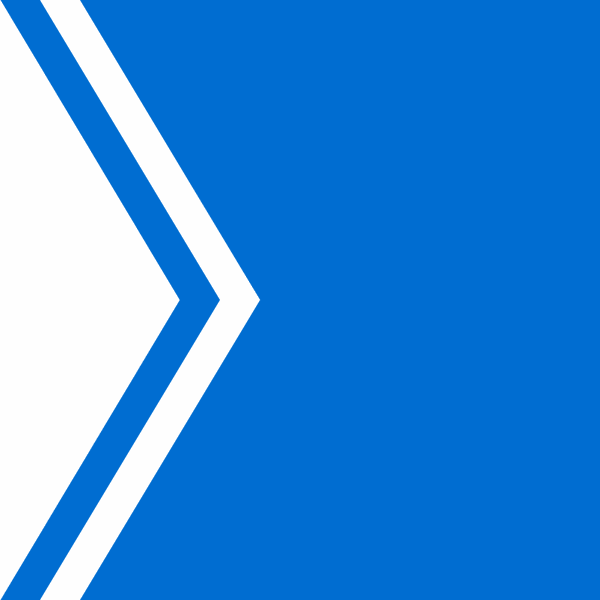Where I'd Invest $400 in the TSX Today

This safe ETF is a better deal for stashing cash than a savings account or GIC. Four hundred dollars can feel like a lot—or not much—depending on the size of your portfolio. Either way, there’s nothing wrong with holding it as liquid reserves. In fact, cash can be a smart and underrated allocation. It gives you flexibility, helps you manage risk, and provides dry powder for future buying opportunities. But there’s no need to lock that cash into a Guaranteed Investment Certificate (GIC), and parking it in a basic savings account won’t do much either, given the low returns. Instead, here’s a virtually risk-free exchange-traded fund (ETF) that offers a higher yield along with monthly distributions and daily liquidity. Your options for holding cash If you’re looking to hold cash, you’ve got a few options—each with pros and cons. Savings accounts are the easiest to use. You can transfer funds in and out, deposit cheques, and get quick access when needed. But not all brokerages let you move money instantly, which means you might miss out if stocks drop and you want to buy the dip. Plus, most big bank savings accounts don’t pay much at all—some still yield just 0.5%. GICs usually offer higher yields than savings accounts and, like them, are insured. But they come with poor liquidity. You’re locked in for a set term, and if you withdraw early, you often lose all the interest. That’s why I prefer treasury bills. These are short-term debt securities issued by the Government of Canada. They offer a rare combination of almost no credit risk, high liquidity, and relatively strong yields that move with the prevailing interest rate. Right now, that means around 2.75%, thanks to the Bank of Canada’s decision to hold rates steady. This TSX ETF is the best option You don’t need to buy treasury bills on your own. The Global X 0–3 Month T-Bill ETF (TSX:CBIL) does all the work for you. CBIL holds an actively managed portfolio of Government of Canada treasury bills with maturities of less than three months. As those T-bills mature, the fund rolls over the portfolio into new ones, passing the profits to you through monthly distributions. Right now, CBIL is yielding 2.64%—which is basically the Bank of Canada’s 2.75% policy rate minus the ETF’s low 0.11% management expense ratio. With $400, you can buy around eight shares of CBIL. The price doesn’t move much. It slowly climbs throughout the month, then drops slightly on the ex-dividend date by roughly the amount of interest paid. CBIL isn’t insured like a GIC or a savings account, but it’s about as safe as ETFs get. That’s because it holds only Government of Canada treasury bills, which are backed by the federal government’s AAA credit rating. In practical terms, this means the risk of default is virtually zero, making CBIL one of the lowest-risk investment options available on the TSX.

















